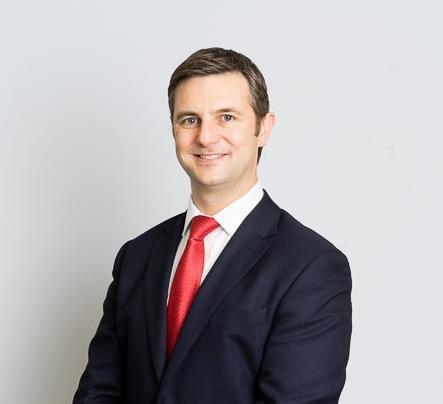As business models evolve, the demand for multinational insurance programmes has grown. Steve Liberda, UK head of multinational business development at AIG, tells us more

AIG has a big push on multinational programmes at this year’s Airmic conference – what is driving this?
The world economy is fast evolving, becoming more globally focused and interconnected. At the same time, we’ve seen the development of two global economic trends: the rise of the sharing economy, exemplified by peer-to-peer start-ups such as ‘ride share’ businesses; and the growth of the on-demand economy, for example, app-based food delivery companies.
In line with these developments, we have seen an increased demand for multinational programmes. In fact, our multinational business has grown exponentially, year-on-year. So, for this year’s Airmic conference, we have produced several resources to provide delegates with essential information on how best to structure a multinational insurance programme, including videos, brochures and interactive digital material.
What are the main challenges associated with multinational insurance programmes?
In this new and complex business environment, challenges are exacerbated. With new start-ups disrupting the business landscape and gaining market share, and companies transforming their traditional operating models for competitive advantage, there is a lot more pressure on companies to get back on their feet quickly, should they suffer a loss. As an insurance provider and a former risk manager, I see two constant challenges, which in today’s climate, are even more important to get a grasp of:
Compliance – Regulations are constantly changing, and the challenge is in maintaining a sophisticated and up-to-date bank of knowledge of local and international regulatory information. A UK-produced programme, for example, can have anything from two or three international policies to 100 or more. And each one of these policies will need to adhere to relevant local laws and regulatory requirements.
Contract certainty – There are major implications for businesses that do not have an agreed insurance contract in place at inception. Late issuance of local policies and certificates can lead to gaps in protection, regulatory issues or conflicts with local proof of insurance obligations. In addition, if a local policy has not been accepted and signed, claims may not be paid, and companies could be subject to penalties or tax implications.
How are insurers supporting risk managers to overcome these challenges?
Technology is at the forefront of achieving compliance and contract certainty, which is why we have invested so heavily in this area. We have built an interactive platform, MN Xpress, which facilitates expert programme design.
The system provides the optimum programme structure and produces a specific client brief based on regulatory, operational, and product requirements. Essential information such as premiums, taxes, fees, commissions, territorial information, key documentation requirements and claims overview are provided upfront, rather than post-inception.
To ensure compliance, the tool is connected to our proprietary database, which captures the most up-to-date country, product and regulatory details. This helps our expert teams find the best insurance solutions that meet our client’s needs.
On contract certainty, we rolled out a process which shifts all key policy issuance activities to earlier in the process. This includes completing client assessments and proposals 120-60 days out and full binding instructions 60-30 days before renewal date. This ensures that all policy documentation and invoices are issued on or prior to inception.
It also ensures adherence to local standards, regulatory requirements, efficient claims servicing and, ultimately, contract certainty. We developed this process in partnership with our broker partners and clients, and since its launch in 2016, the number of policies issued before the effective date has more than doubled.
How does claims management fit into your multinational proposition?
Our clients are supported by more than 7,000 claims staff within the AIG Global Network. It is important that we support them before, during and after a claim occurs with our technical expertise and responsiveness, as well as providing relevant insights and risk prevention.
A recent example was our approach and response to claims arising from hurricanes Harvey, Irma and Maria. These hurricanes caused prolonged damage. Houston, for example, received 12 months’ worth of rain in one week; and 80% of Puerto Rico had no power, even six months after the incident.
Access to these locations was challenging, but through previous pre-planning workshops, a readiness to innovate, and sheer determination and dedication, multiple AIG claims teams from different countries very quickly arrived onsite to advise clients and make good on our claims promise to pay 50% of property damages within seven days of an agreed estimate.
What can risk managers expect from AIG in the future?
We have invested significantly in technology, enabling us to continuously improve our multinational capabilities.
The myAIG Client Portal is a good example. This is an easy-to-navigate, web-based platform, providing clients with round-the-clock access to their controlled master programmes.
At a time when our clients’ risk profiles are constantly evolving, it is important that we provide easy access to crucial information and a speedy response, which will help them back on their feet quickly should they suffer a loss. As insurers, we need to offer more than just traditional insurance. Risk managers can expect AIG to continue innovating and investing in our partners, people and technology.




















No comments yet